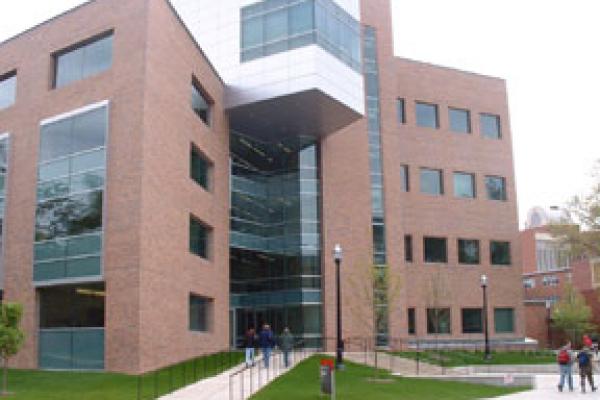
When graphene is placed on a hexagonal boron nitride (BN) substrate, it becomes an important 2D heterojunction system due to its rich physical behavior and potential applications. Understanding charged impurities in this system is critical because (i) they limit electron mobility and (ii) graphene responds to local Coulomb potentials in an unusual way due to the Dirac fermion nature of graphene charge carriers. We have used scanning tunneling microscopy and spectroscopy (STM/STS) to study the nanoscale response of gate-tunable graphene/BN in the presence of different types of charged impurities. Through atomic manipulation of alkali adsorbates, we have verified predictions that graphene is highly sensitive to the strength of impurity-induced Coulomb potentials, with ultra-relativistic “atomic collapse” states emerging at a critical value of the impurity charge. These atomic collapse states are highly analogous to electronic states predicted for nuclei having atomic number greater than 170. We have additionally examined intrinsic charged defects inside the insulating BN crystalline substrate of a heterojunction, extracting charge and energy-level information through STS. By applying voltage pulses to our STM tip, we are able to toggle the charge state of BN defects. Our ability to manipulate charged impurities inside BN provides a new technique for controllably and reversibly doping graphene at small length scales.
